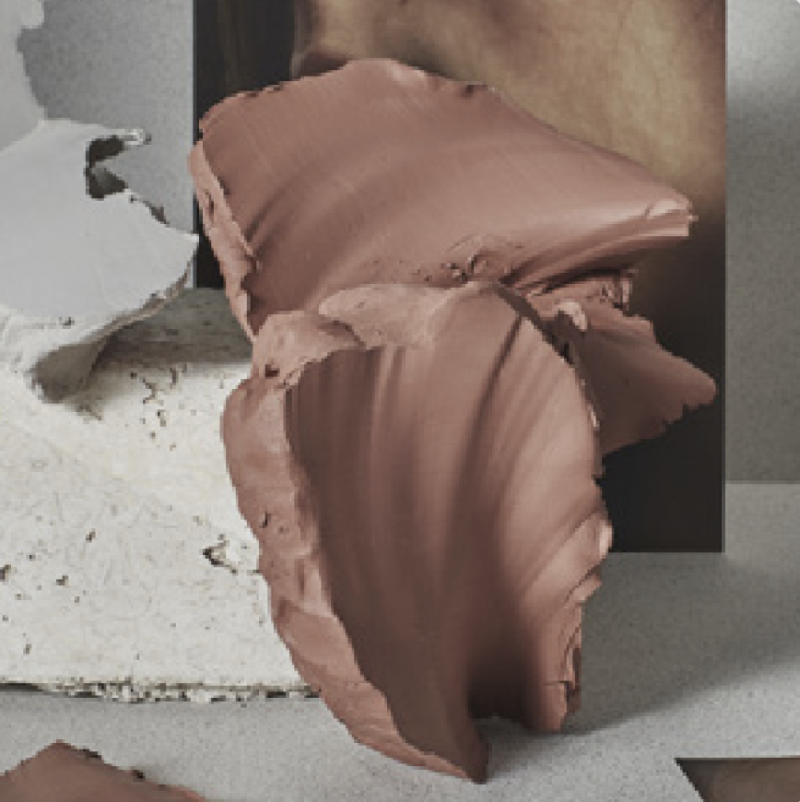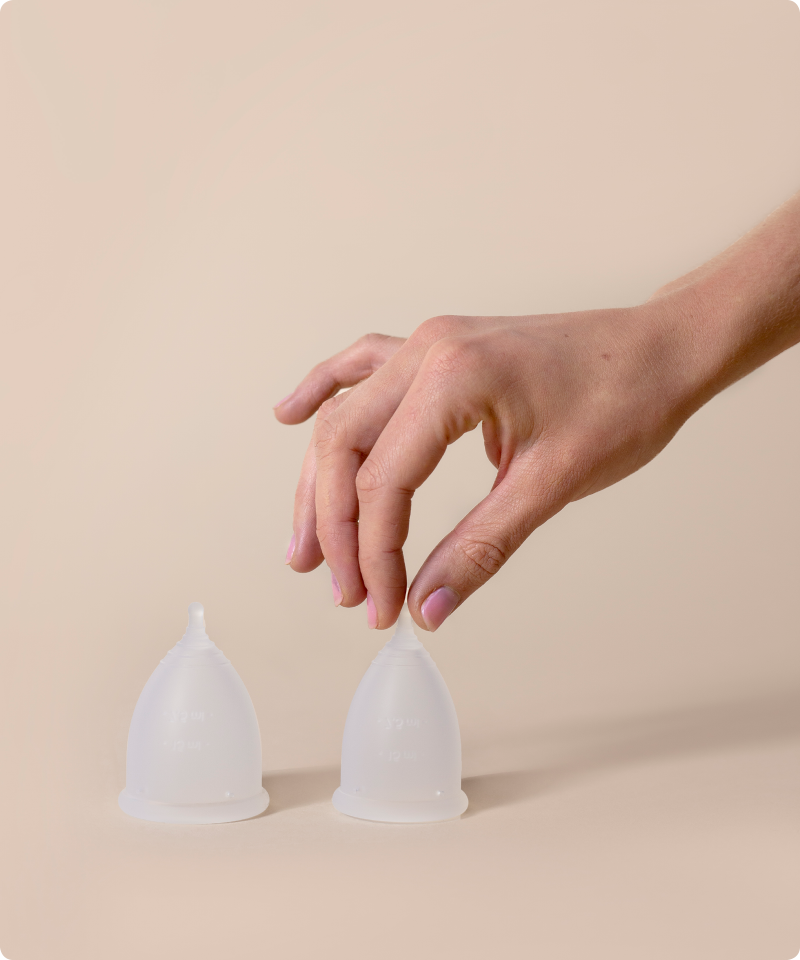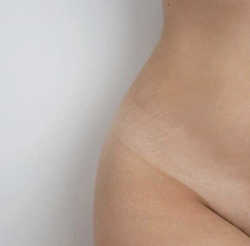The Billings method: What is it and how does it work?
What is the Billings method?
The Billings method, or the cervical mucus method, was created by doctor John Billings. Spoiler alert, we do not think this method is reliable at all! A better use of this method would be to find out when your most fertile days are if you really want to get pregnant.
How does the Billings method work?
Discharge, also called cervical mucus, is the fluid that comes out of your vagina and lands in your underwear. Your discharge changes every few days throughout the course of your cycle. It goes from opaque to translucent, from clumpy to smooth, and from runny to more sticky or gooey. And if you do it well, you should be able to track your most fertile days based on these characteristics.
Plan of action of the Billings method
Below you will find an overview of all of the phases of your cycle and what these mean for your discharge.
Phase 1: Your menstruation
You are menstruating
The estrogen and progesterone levels are super low on the first day of your period, aka the first day of your cycle. Your estrogen is in charge of regulating your discharge. Less estrogen means less discharge. This is why you won’t have a lot of discharge during your menstruation, even though you might not notice it as much because of your period.
Phase 2: Right after your menstruation
Sahara dry
During the days just after your period, still at the beginning of the cycle, the estrogen levels start to rise. Most people will not notice that much discharge in their underwear.
Phase 3: day 8 - 10
Around day 8-10 of a 28-day cycle, your body will start secreting thick discharge. It’s usually wet and white or even a yellowish color. The white discharge often creates spots in your underwear. Over time it will turn more and more milky rather than thick. It may be sticky but not yet elasticized. The cervix will be closed off, for lack of a better term, in order to make it harder for sperm and bacteria to get to the uterus. So if you see any white spots in your underwear, don’t worry, nothing weird is going on. Your body is doing exactly what it is supposed to do.
Phase 4: day 14
Time to do dance with the devil
When ovulating (around day 14 of a28-day cycle), the structure and amount of your discharge changes, making the passage of sperm easier. It turns translucent and the amount increases; it starts to look like raw egg whites. This is the time of slimy cervical mucus. About 2-3 days before your ovulation, your body starts producing more estrogen, which causes your discharge to become stretchy and elasticized. So elasticized that if you take some discharge pressed between your thumb and index finger and you pull your fingers apart, it will create a long string between the two fingers without ‘breaking apart.’ This is the perfect environment for sperm. It can survive up to 24 hours in this environment. If you want to get pregnant, that would be the perfect time to do the devil’s tango with your partner. The amount of discharge may differ from person to person but it could be 10 to 20 times the amount you secrete at any other point in your cycle. You secrete more fluid than ‘normal’ and it can sometimes feel as if you just started your period.
Phase 5: day 15 - 28
Luteal phase
After ovulating, your discharge turns watery, slimy, opaque and the texture is almost fiber-like. This change could happen as soon as two days after your ovulation. During this luteal phase, the levels of progesterone are the highest, which causes there to be less discharge. There’s even a chance you won’t see any discharge in your underwear at all in the last day or two leading up to your period and it can sometimes feel dry down under.
How do you recognize the different kinds of discharge with the Billings method?
The Billings method is an easy way to determine what your discharge is like at a certain point in time. Push two fingers in your vagina and push them against the cervix. Bring your fingers together and ‘scoop’ some mucus out. Is it stretchy enough to pull a string between your fingers? Let’s go, it’s sexy time - if you want to get pregnant at least.
The Billings ovulation method is fairly trustworthy for the goal of checking fertility, but you do need to keep a few things in mind. Like making sure to check your cervical mucus every single day. It takes some practice to recognize the differences between different types of discharge. When you’re all hot and bothered or when you’ve just had sex, your discharge will look different from usual and checking will be of no use. Other factors like STDs, a fungal infection (often you have thick, crumbly, white discharge) stress or pregnancy can influence the state of your discharge as well. Checking the discharge in your underwear regularly already goes a long way when trying to understand your cycle better!
Lastly but not unimportantly: using this method to track your cycle does not mean you can use it as birth control! You can use it to understand your cycle better or to give yourself a good excuse to reach for that bar of chocolate once in a while.


























